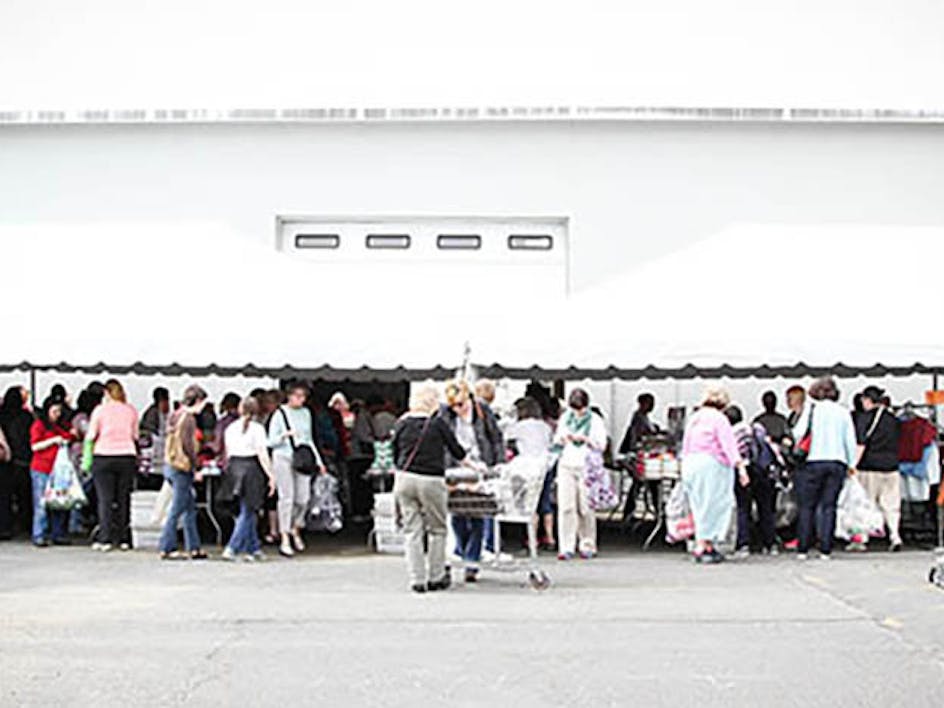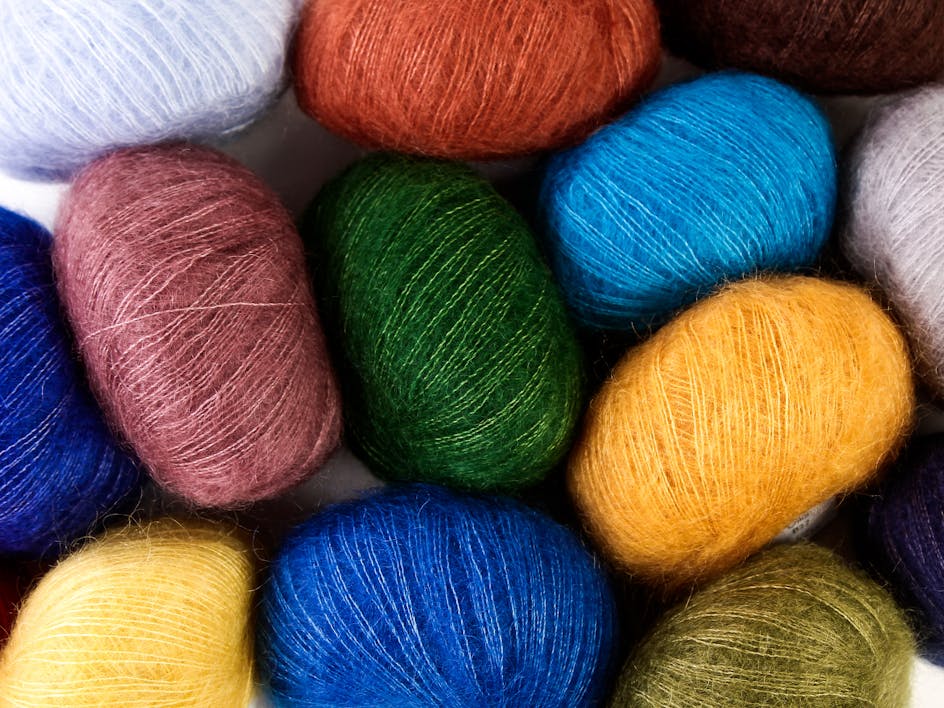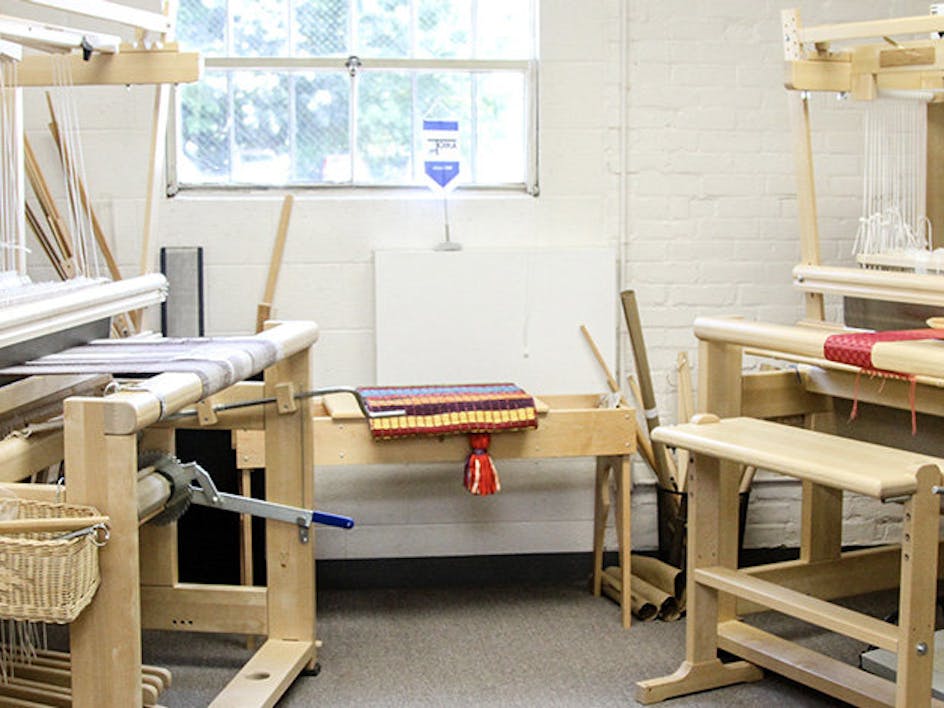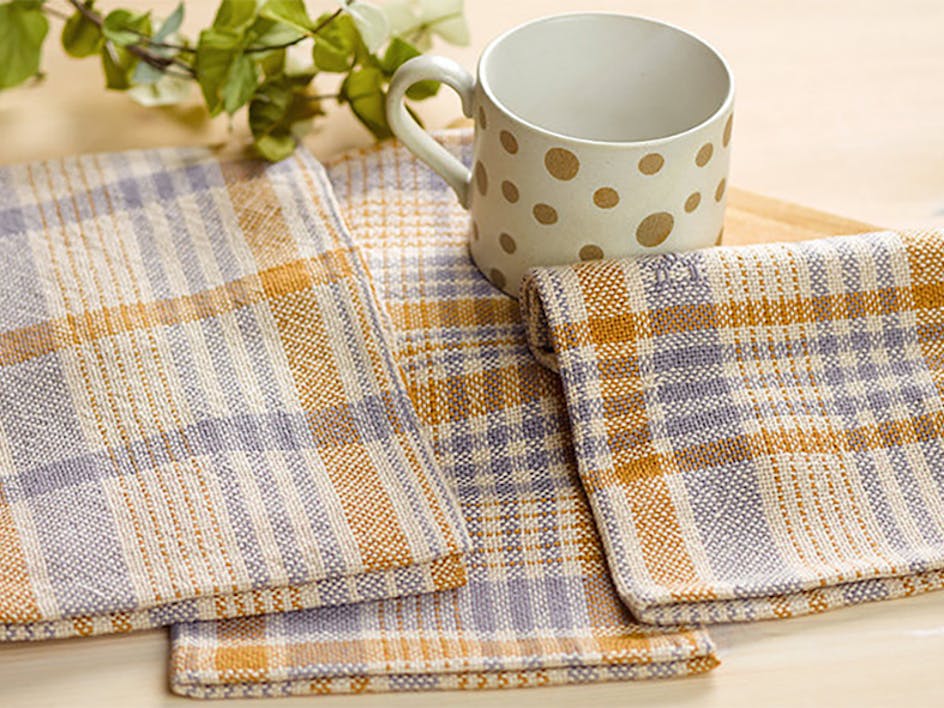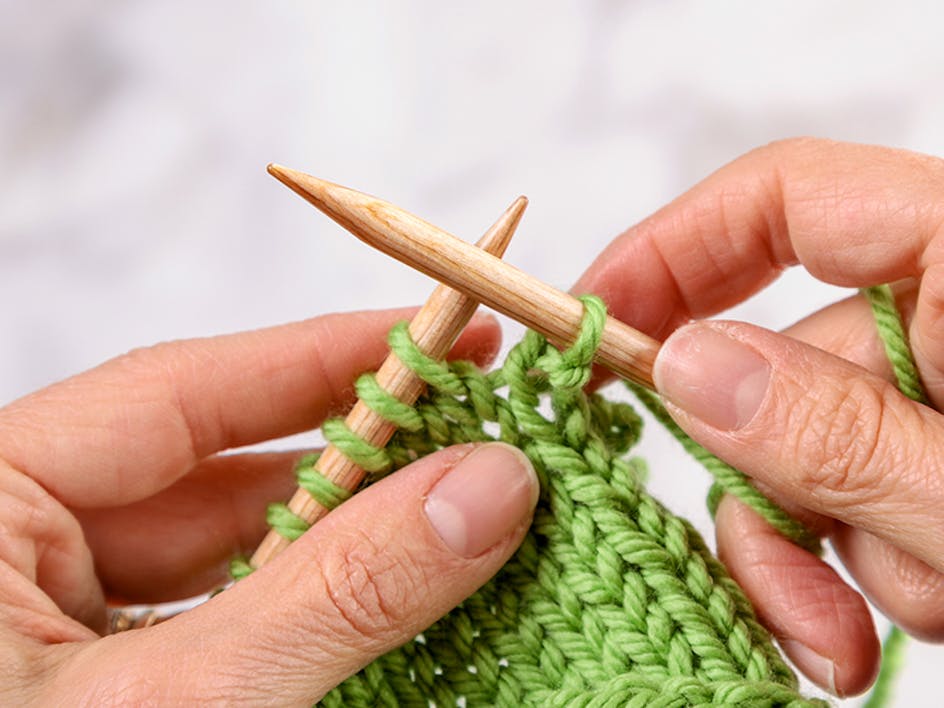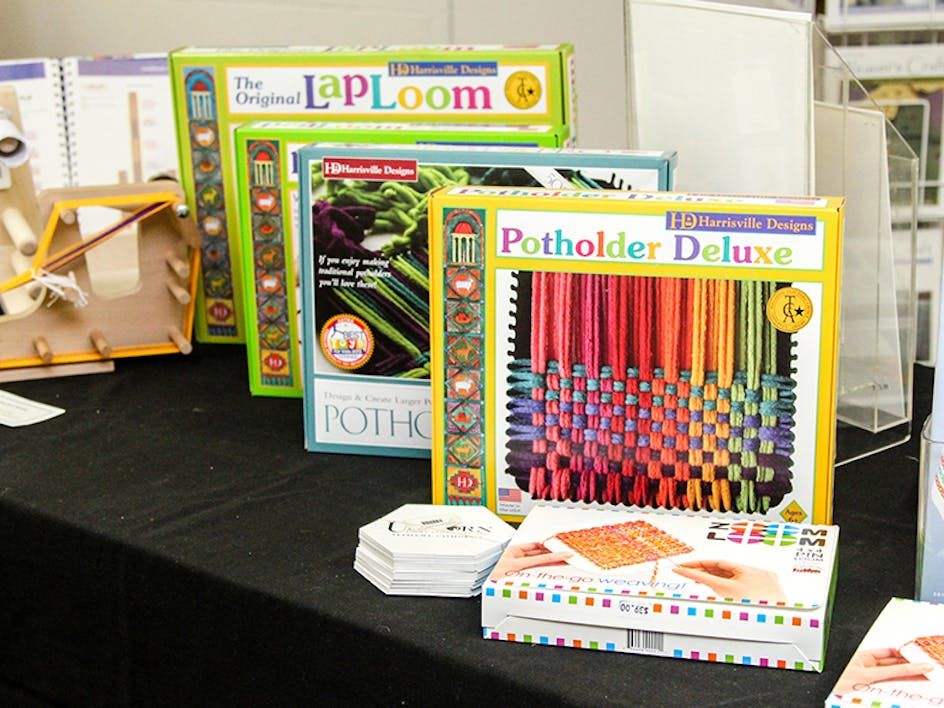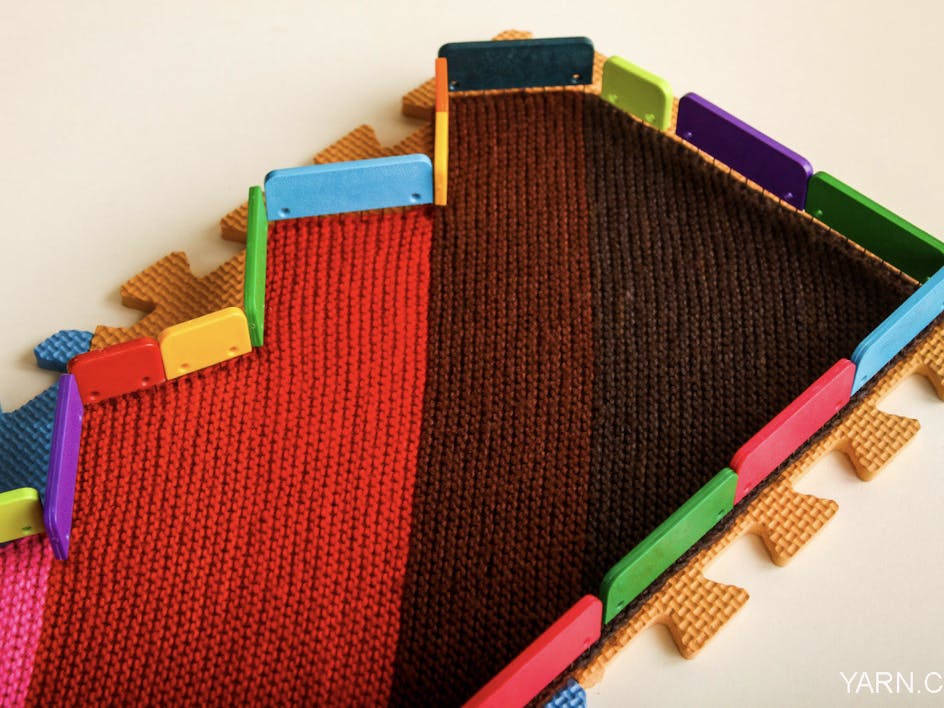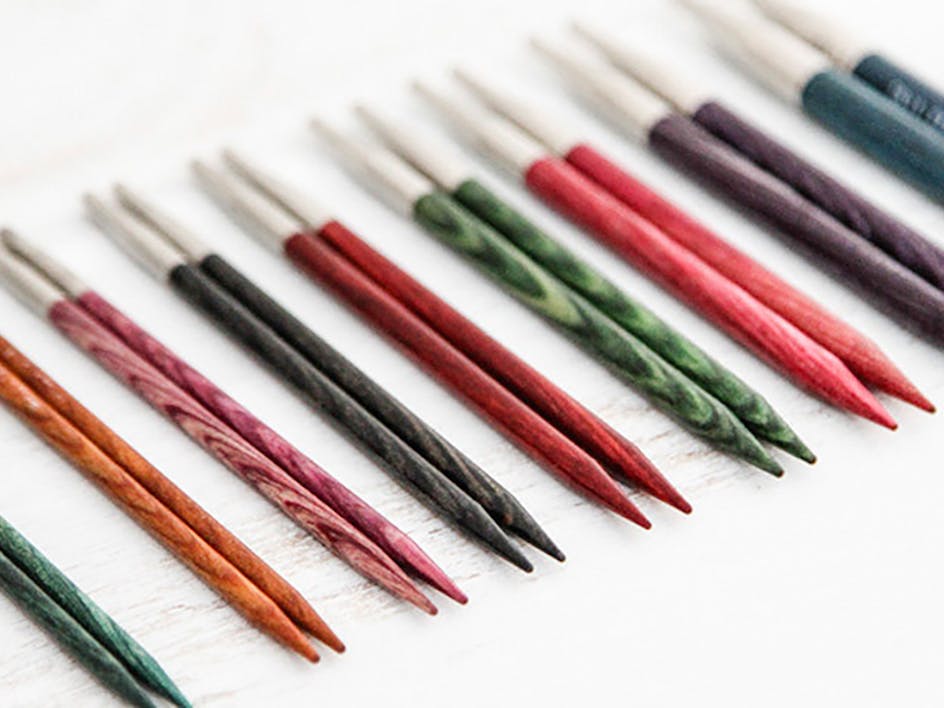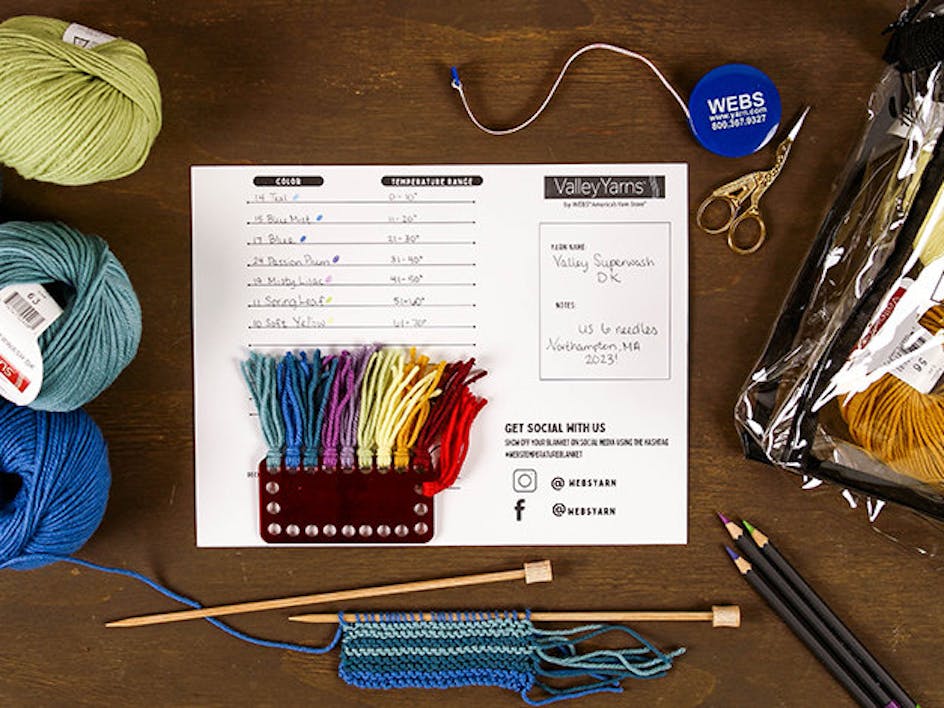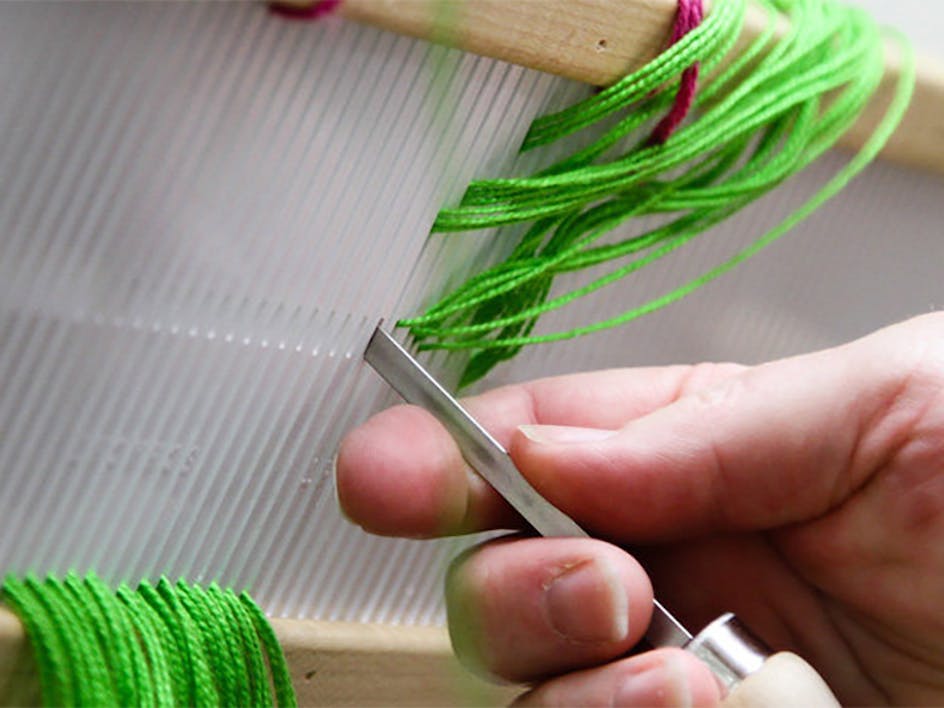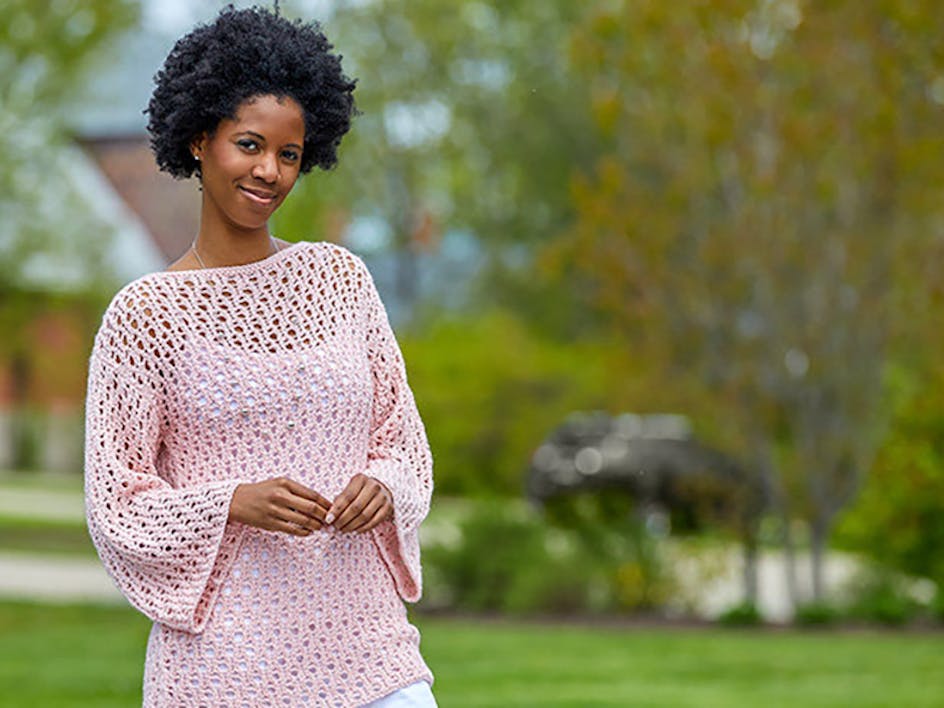Spinning Wheel Buying Guide
Published on August 25, 2023 5 min readSo you are ready for a new spinning wheel but aren’t sure where to start? We have your back! Buying a new wheel is a big commitment, and WEBS is here to help you make the right choice for you. There are many things to consider when buying a wheel. Drive type, number of treadles, and other options can make a wheel a great fit for the spinner.
When using this guide, remember there is a lot of information here! Do your best not to let it overwhelm you, spinning should be fun and you will learn with time. The most important thing to know when beginning is that you are still new and your handspun will be inconsistent and artistic. With time and practice, you will improve and have the baseline spinning skills to pay more attention to ratios, consistency, and all the rest.
Questions to Ask Yourself When Choosing a Spinning Wheel
What do I want to spin?
- Wool yarn
- Cotton yarn
- Art yarn
- Single-ply
- Multi-ply
Does my wheel need to fold for travel or storage?
- Some wheels are easier than others to transport and store.
- Some wheels fold flat for storage, and others have a carrying handle. These features can be useful if you plan to attend spin-ins or classes or travel with it often
- Each wheel has a footprint and being mindful of the space it will live will help you to find the best wheel usability for you
What is my price point?
- This is important to keep in mind when selecting your wheel so you are able to be realistic about which wheels you have to choose from.
What is my spinning skill level?
- Some wheels can be trickier to learn how to spin on than others. Knowing where you are in your spinning journey will help you make the best choice so you can enjoy spinning.
- It is best to stick to wheels that have a straightforward design and are simplistic in nature. (While that beautiful Great Wheel is super cool, unless your goal is period spinning you are better off with a newer wheel with modern technology)
- One of the best wheels that will grow with you as you gain experience is the Lendrum Double Treadle Folding Wheel.
Types of Wheels and Their Variations
Drive Style
The drive is what makes your wheel go! This system is similar to a pulley method where you have multiple moving parts being drawn by the same cord known as the drive band. Depending on where the drive band is set up on the bobbin or the flyer, you will get certain ratios (more on ratios below) to control your final product better.
- Double Drive
This style uses 2 drive bands or 1 very long drive band wound twice
The drive band spins both the flyer and the bobbin - Single Drive
Scotch Tension: Flyer led, brake band on the bobbin
Irish Tension: Bobbin led, brake band on the flyer
Treadles
Treadles are the foot pedals of the wheel, it the first part that makes you wheel move!
Single
- Has a classic look.
- You can alternate which foot is doing the work.
- Easier to adjust your position relative to the wheel.
Double
- If you are going to be spinning a lot or are prone to leg and hip pain, a double treadle would be the best choice for you.
- Beginners usually find their rhythm easier on a double treadle.
- Easier to control the speed of the wheel.
Ratios
Ratios are the balance between the number of bobbin rotations to wheel rotations which dictate how tight or loose the twist on the yarn will be.
- Ratios will be displayed in numerical form like 6:1 or 12.6:1 The second number in the ratio will always be 1. This is because it signifies the rotation of the drive wheel (the big one!) and the first number in the ratio is the revolutions of the flyer or bobbin depending on the wheel.
- The larger the first number in the ratio the tighter the twist you will have. For a spinner just learning, you will want to start with lower ratios to learn how to count your rotations and get the motions of spinning down without a tight twist getting ahead of you.
- The larger the whorl, the lower the ratio, and following suit a smaller whorl will yield you a higher ratio.
- As a general rule, thinner yarns, like singles for plying, will require a higher ratio because it needs the extra twist to hold the fibers together. Inversely thicker yarns, such as bulky weight single-ply yarn, will need a lower ratio to maintain loft and squish.
Staff Favorites
Lendrum Folding Wheel Double Treadle with Complete Kit
Add-Ons to Consider
Books About Spinning
Yarnitecture: A Knitter's Guide to Spinning

